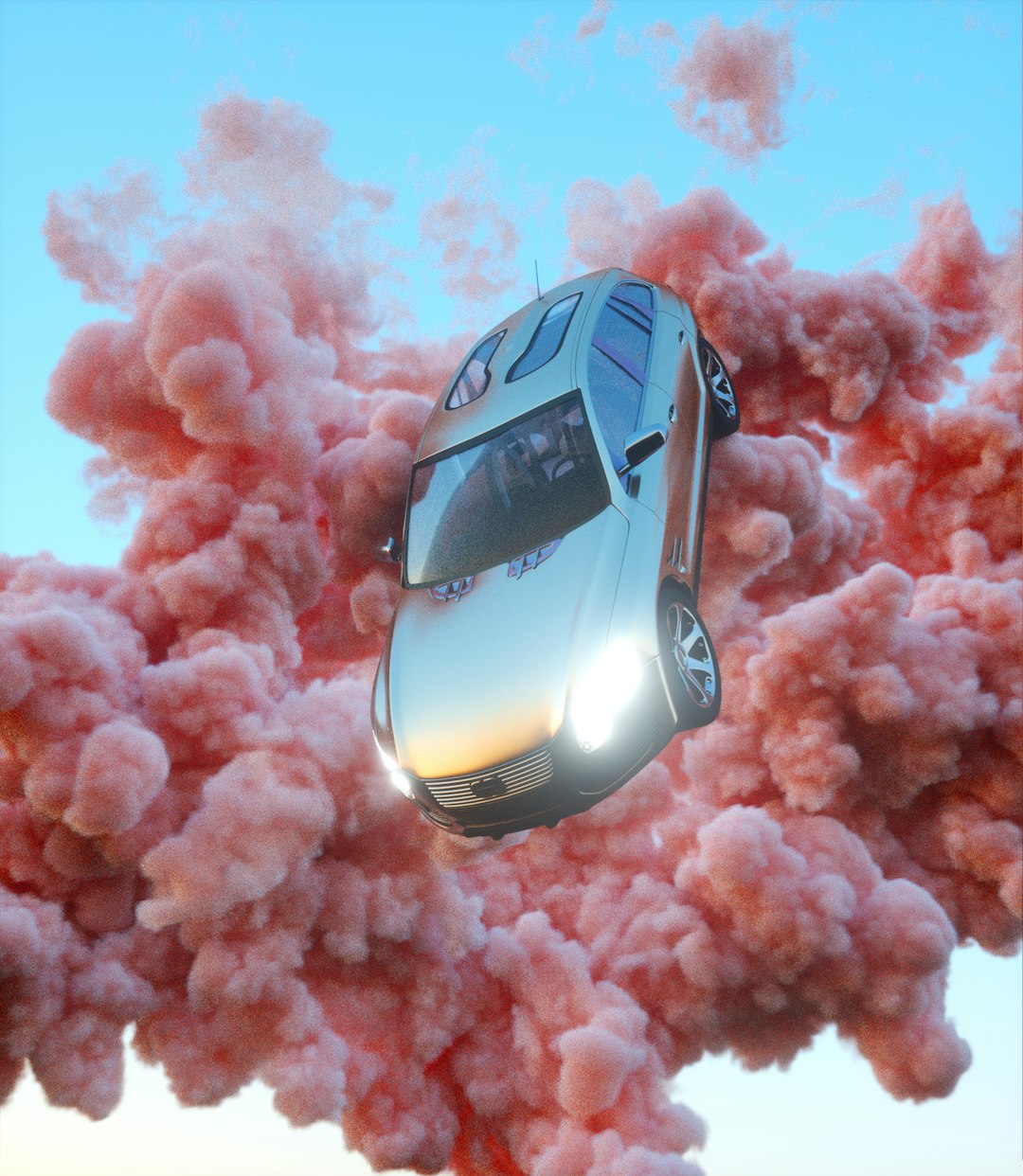Discover effective car odor removal techniques to freshen your car interior. From natural remedies to professional detailing, tackle stubborn odors efficiently.
If you live near the ocean, salt air can accelerate corrosion and fade your paint. Learn how coastal exposure damages your car and discover easy, effective protection tips from Z’s Clean in San Diego.

Living near the ocean? First of all, I’m jealous. But second, your car is breathing in salty air all the time—and that salt can eat away at your paint faster than anything else.
Over years of detailing in San Diego, I’ve seen how ocean mist, UV light, and sand combine to damage cars in ways most people don’t expect. Let’s dive into what’s actually going on—and, more importantly, what you can do to prevent it.
Salt from the sea doesn’t just stay on sand—it floats in the air, lands on your car, and hangs around. Once it finds a scratch or eats through the clear coat, corrosion—or rust—can start in days, not years. Clear coat starts fading, paint gets dull, and before you know it, you’re looking at flaws that go deeper than surface-level.
Ocean spray? That’s salt-loaded moisture that clings to metal and paint, accelerating oxidation at an alarming pace .
Even under your hood, salt sneaks in and can corrode connectors and electrical parts if left untreated .
Especially vulnerable? The undercarriage, wheel wells, door edges, and any place the sun and humidity don’t dry fast. Those are real trouble spots .
A quick fresh-water rinse once a week (or more after beach trips) helps wash away salt before it does serious damage . Don’t skip that undercarriage—it’s a salt magnet.
When you wash, use pH-balanced soap, two-bucket method, and clean away grime from all sides—especially lower panels and door jambs. Adding undercoating can protect your frame from rust even more .
Create a protective barrier:
Any chip or scratch can be a rust starter. Touch it up quickly—even a DIY touch-up pen helps keep salt out and corrosion at bay .
Shade is your friend. Sun dries salt, and UV weakens clear coat fast. Park in a garage or use a quality car cover when you can — it helps more than you realize .
Every few months, check wheels, suspension, battery terminals, and electrical connectors for corrosion. Salt works slow but consistent damage builds up fast .
When you live near the coast, salt from the air and water doesn’t just sit harmlessly on the surface of your car. It quietly works its way into cracks, chips, and hidden areas, causing damage most people don’t see until it’s too late. Here are some of the biggest issues coastal drivers face:
In short: salt damage often starts invisibly but snowballs quickly. The shine disappears first, then rust spots appear, and before long you could be dealing with mechanical or safety issues.
Want help keeping your car looking sharp while living by the beach? We do coastal packages here at Z’s Clean — let’s keep your ride clean and protected.
Get car care tips and updates you’ll actually use.
Yes. Salt spray can travel far inland. Combine that with humidity and sun, and you’ve got a recipe for corrosion even miles away from the beach .
It’s a smart move. An underbody coating protects frame and suspension parts from rust—especially in high salt zones .
Wax every 3 months, sealant 3–6 months, or ceramic yearly (or as recommended). Reapply salt and humidity push that protection pretty quick.

Discover effective car odor removal techniques to freshen your car interior. From natural remedies to professional detailing, tackle stubborn odors efficiently.

Discover the best long-lasting car air fresheners for a fresh driving experience. Our comprehensive review covers top products, including vent clips and sprays, ensuring your car smells inviting and pleasant.